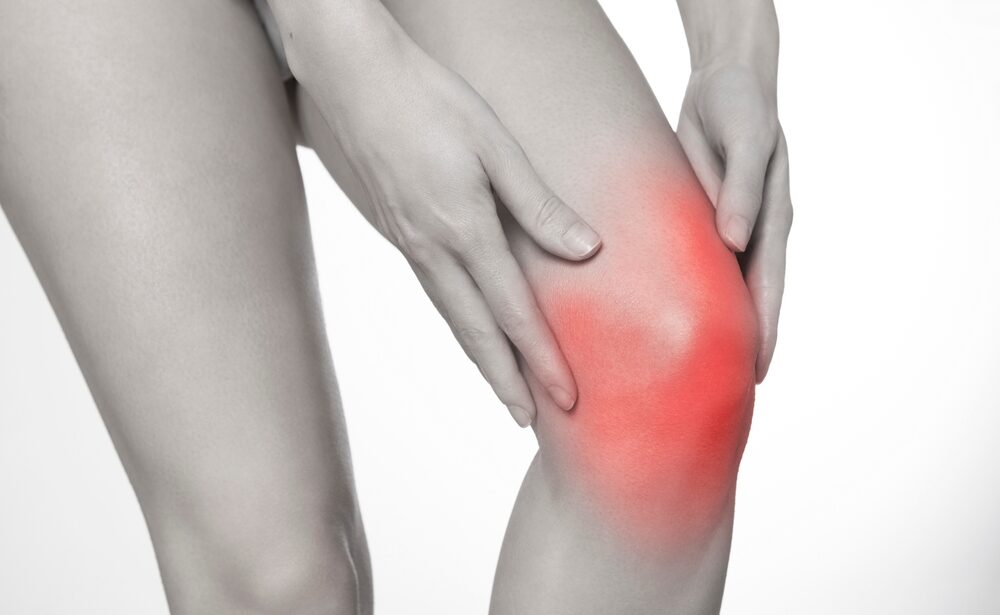Septic Arthritis Services Description
Overview
Septic arthritis, also known as infectious arthritis, occurs when a joint becomes infected with bacteria, fungi, or viruses, leading to inflammation, joint damage, and severe pain. This is a medical emergency that requires prompt diagnosis and treatment to prevent long-term joint damage or sepsis. Septic arthritis most often affects large joints like the knee, hip, or shoulder, but it can impact any joint in the body.
Indications for Septic Arthritis Evaluation
Patients may require evaluation and treatment if they exhibit:
- Sudden Joint Pain: Severe pain in one or more joints
- Swelling and Redness: Inflammation, warmth, and redness around the joint
- Fever or Chills: Signs of systemic infection
- Limited Joint Movement: Stiffness or inability to move the affected joint
- Post-Surgical Joint Pain: After joint surgery or injection procedures
Components of Septic Arthritis Services
- Comprehensive Clinical Evaluation
- Detailed medical history, including recent infections, surgeries, or joint procedures.
- Physical examination of the affected joint for signs of swelling, tenderness, and warmth.
- Laboratory Testing
- Blood Tests: To check for elevated white blood cell count, CRP, and ESR levels, indicating inflammation or infection.
- Blood Cultures: Identify the bacteria or pathogen responsible for the infection.
- Synovial Fluid Aspiration and Analysis
- A sample of fluid is drawn from the affected joint using a needle (arthrocentesis).
- Microscopic Analysis: To detect the presence of bacteria, white blood cells, or crystals.
- Culture and Sensitivity Tests: Identify the infectious agent and determine the appropriate antibiotics.
- Radiological Assessments
- X-rays: To detect joint damage, fractures, or advanced infection.
- Ultrasound or MRI: For a detailed view of soft tissue involvement and joint effusion (fluid buildup).
- Intravenous (IV) Antibiotic Therapy
- Immediate administration of antibiotics based on the culture results or broad-spectrum antibiotics if results are pending.
- Therapy is typically continued for 2-4 weeks, followed by oral antibiotics.
- Joint Drainage Procedures
- Repeated Joint Aspiration: Regular aspiration of fluid to relieve pressure and control infection.
- Arthroscopic Drainage: A minimally invasive procedure to clean the infected joint.
- Open Surgical Drainage: Required in severe cases or if arthroscopy is not sufficient.
- Pain Management
- Use of NSAIDs or pain-relieving medications to reduce inflammation and discomfort.
- Local application of ice packs to manage swelling and pain.
- Rehabilitation and Physiotherapy Referral
- After infection control, patients may undergo physical therapy to restore joint function and prevent stiffness.
- Exercises focused on improving mobility and muscle strength are essential for long-term recovery.
- Patient Education and Counseling
- Education on recognizing early symptoms of joint infections, especially in individuals with prosthetic joints or underlying conditions like diabetes.
- Counseling on the importance of completing the antibiotic course to prevent recurrence or complications.
Benefits of Septic Arthritis Treatment
- Joint Preservation: Early diagnosis and treatment prevent permanent joint damage.
- Pain Relief: Rapid reduction in pain and swelling through drainage and antibiotics.
- Infection Control: Prompt treatment minimizes the risk of systemic infection or sepsis.
- Improved Mobility: Rehabilitation helps restore joint function and range of motion.
Possible Risks and Limitations
- Joint Damage: Delayed treatment may lead to permanent joint dysfunction.
- Reinfection: In cases of underlying immunosuppression or prosthetic joints, reinfection is possible.
- Surgical Risks: In rare cases, surgical drainage may carry risks such as bleeding or secondary infections.
Final Results
With timely intervention, patients can expect:
- Infection Resolution: Successful elimination of the infectious agent and reduction of inflammation.
- Restored Joint Function: Rehabilitation ensures the joint regains full or near-full mobility.
- Minimized Complications: Early treatment reduces the risk of chronic pain, joint damage, or systemic infection.
Our team ensures a comprehensive approach to septic arthritis by combining accurate diagnosis, timely drainage, and appropriate antibiotic therapy. We prioritize patient care with a focus on rapid recovery and long-term joint health.

